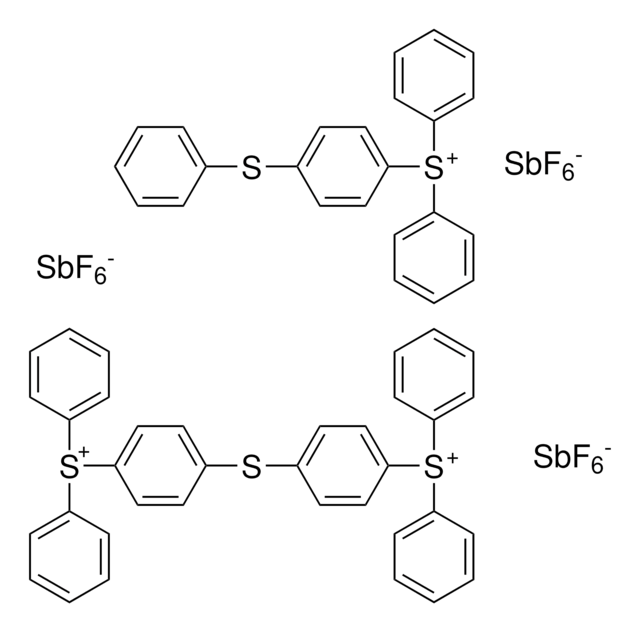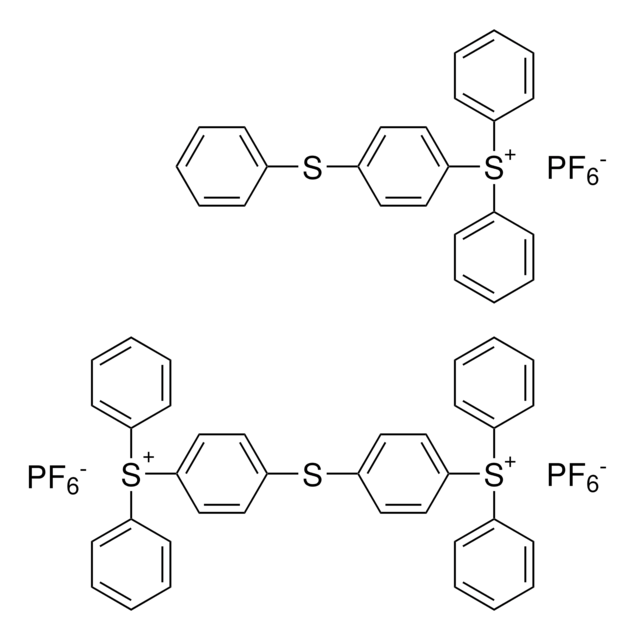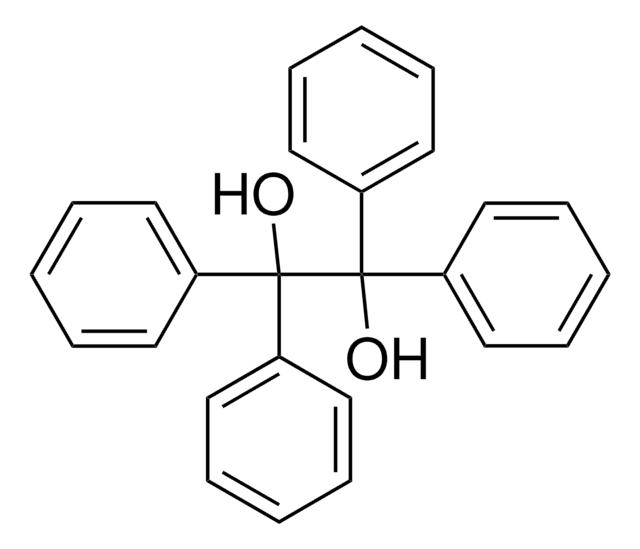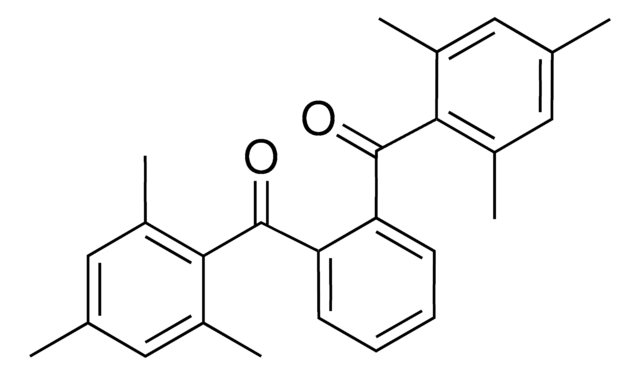407208
3,4-Epoxycyclohexylmethyl 3,4-epoxycyclohexanecarboxylate
Synonym(s):
3,4-Epoxycyclohexanecarboxylic acid (3′,4′-epoxycyclohexyl)methyl, 3,4-Epoxycyclohexanecarboxylic acid (3,4-epoxycyclohexylmethyl) ester
About This Item
Recommended Products
form
viscous liquid
refractive index
n20/D 1.498 (lit.)
mp
−37 °C (lit.)
density
1.17 g/mL at 25 °C (lit.)
SMILES string
O=C(OCC1CCC2OC2C1)C3CCC4OC4C3
InChI
1S/C14H20O4/c15-14(9-2-4-11-13(6-9)18-11)16-7-8-1-3-10-12(5-8)17-10/h8-13H,1-7H2
InChI key
YXALYBMHAYZKAP-UHFFFAOYSA-N
General description
It can be synthesized by the reaction of 3′-cyclohexenylmethyl 3-cyclohexenecarboxylate with peracetic acid. Its aliphatic backbone and molecular structure provide a number of useful properties such as thermal stability, weatherability, and electrical conductivity.
Application
- A reactive diluent or a cross-linking agent in the preparation of flame retardant epoxy composites, which finds application in the electricals, textiles, electronics, and transportation.
- A monomer in the synthesis of polymeric gels, which can have applications in controlled release systems, drug delivery, or sensors.
Signal Word
Warning
Hazard Statements
Precautionary Statements
Hazard Classifications
Aquatic Chronic 3 - Skin Sens. 1
Storage Class Code
10 - Combustible liquids
WGK
WGK 3
Flash Point(F)
244.4 °F - closed cup
Flash Point(C)
118 °C - closed cup
Certificates of Analysis (COA)
Search for Certificates of Analysis (COA) by entering the products Lot/Batch Number. Lot and Batch Numbers can be found on a product’s label following the words ‘Lot’ or ‘Batch’.
Already Own This Product?
Find documentation for the products that you have recently purchased in the Document Library.
Customers Also Viewed
Our team of scientists has experience in all areas of research including Life Science, Material Science, Chemical Synthesis, Chromatography, Analytical and many others.
Contact Technical Service









